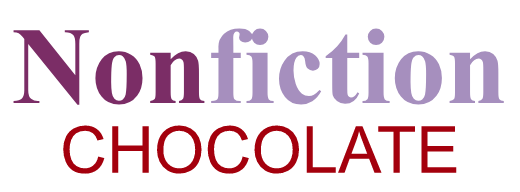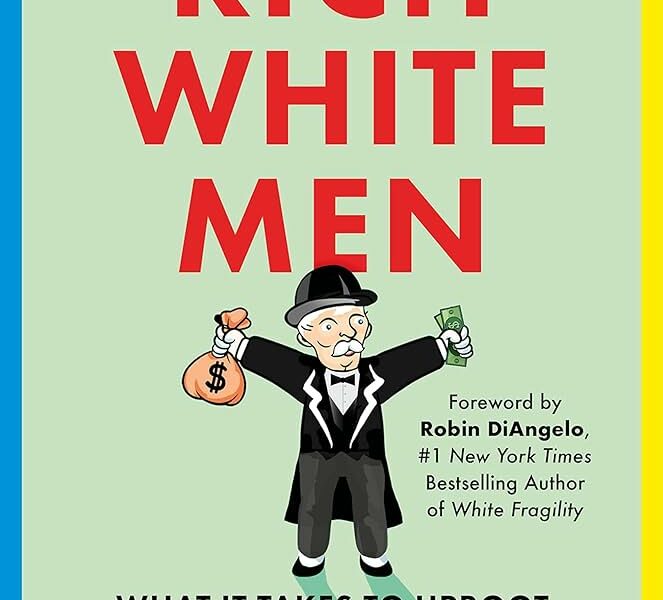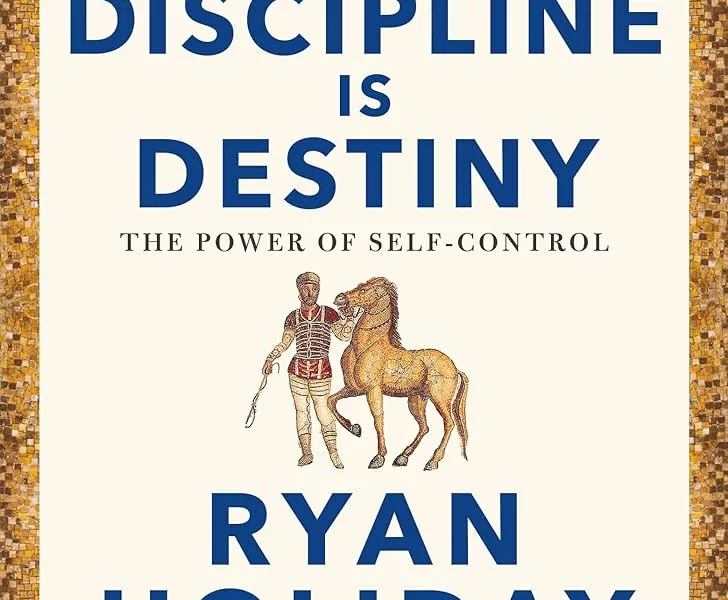This is Marketing is an interesting read for anyone who has their own business or who is in the process of creating one. Seth Godin asks the reader a variety of deep questions to help them get clear on their business and explains various marketing techniques (advertising, logos, network effect, storytelling, creating tension) that can help make it profitable.
Pairs With: Peanut Butter M&M’s and pondering
Overview
Godin starts off by explaining that it’s best to find the smallest viable market (the group of people you wish you sell to) and go from there vs. trying to sell to everyone. Godin also instructs the reader to ask themselves “what would matter in this market” and “what change do we seek to make.” He says you’ll be far more successful if you fill a need or desire.
The biggest quote that sticks out from this book is that “People like us, do things like this.” This is to mean, find your group (who are they and what do they do?) and then help them see that people like that, do things like buy and use your product or service.
About Adapters
Godin discusses that roughly 15% of people are early adapters (neophiliacs) who enjoy trying the new next best thing. However, there is also an equal number of late adopters or people who may never change.
But most of us lie in the middle majority. Godin asks the reader to think about what the early adapters will tell their friends (the middle majority) and why would they tell them. In order to more easily access the middle majority, Godin encourages the reader to make a product that rewards their customers for sharing.
This is called the network effect and it reminds me of the “tell a friend and you each get $20 off!” pop-up after purchasing on some sites. These businesses have decided to incentivize the early adapters to tell their friends by giving them money towards their next purchase. Which really seems like a win for everyone. The business gets another sale (or 2 if they’re lucky) and the early adapter and their friend gets a discount.
“Every good customer gets you another one… your best customers become your new salespeople,” writes Godin.
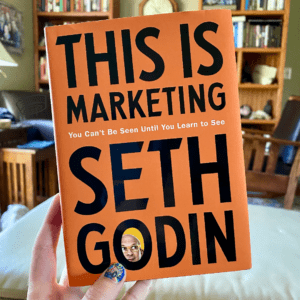
About Logos
Godin explains that brands and logos are not the same things however they are closely related. Your brand is the promise you make to your customers and your logo is the “Post-it reminder of that promise.”
A brand could survive without a logo but “without a brand, a logo is meaningless.”
For that reason, some companies spend very little creative energy on their logo. Also, large companies’ logos will look similar to each other because they are trying to remind their audience that they are also another solid company. It’s a very simple marketing technique that could come off as lazy but is actually very thought out.
Godin points out that some companies, like Starbucks, have overly complex logos and others like Sephora have simple logos. However, when you see either logo you immediately think of the brand.
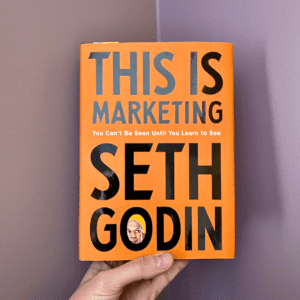
Conclusion
Overall this book was just ok. At times I found it hard to follow and difficult to read. Also, this book wasn’t what I was expecting. I was hoping to learn something unique about marketing and how some companies are so successful with it. However, this book is focused more on the idealistic concepts of marketing. Which is great if that’s what you’re looking for!
If you want to jump into thinking deeply about your business, Godin’s thought-provoking questions are compiled into a nice list at the back of the book on page 257. (Most of the notes I jotted down were these questions.)
Let us know in the comments! Have you read this one or a similar book about marketing? What information stuck with you the most?
Thank you so much for supporting my blog! As an Amazon Associate I earn from qualifying purchases.
